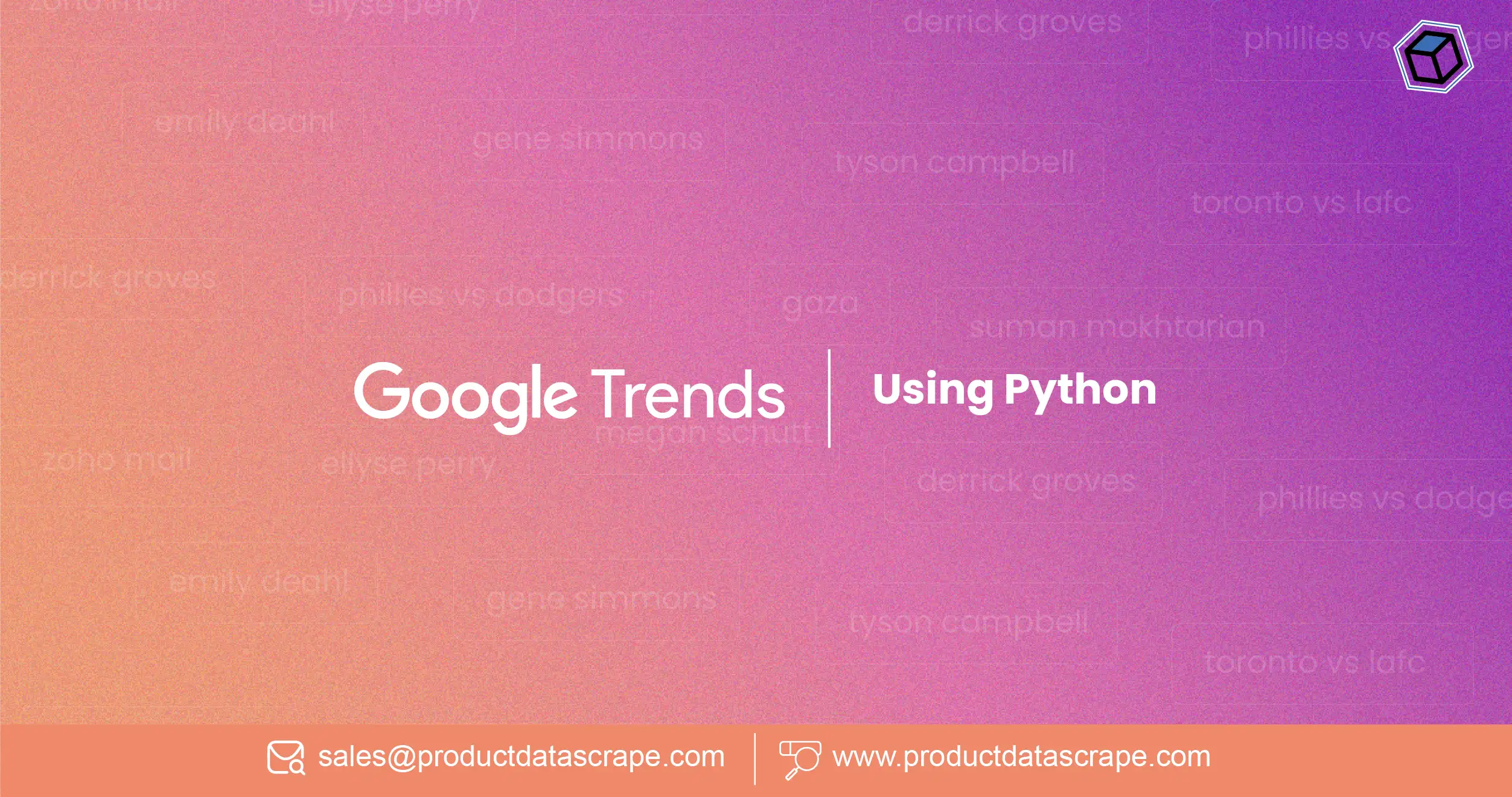
Introduction
In today’s competitive and data-driven business environment, understanding consumer search
behavior is crucial for strategy, marketing, and product planning. Google Trends offers a
real-time snapshot of search interest across regions, topics, and timeframes, helping
organizations gauge public interest and emerging trends. By leveraging extract Google Trends
insights using Python, companies can automate the process of gathering, cleaning, and analyzing
large datasets to derive actionable insights.
Python provides an extensive ecosystem for web scraping, data mining, and visualization, making
it an ideal tool to extract search trends at scale. Businesses can track keyword popularity,
seasonal spikes, regional differences, and long-term trends to support decisions in marketing
campaigns, inventory planning, and product launches. Integrating extract Google Trends insights
using Python with e-commerce data enables correlations between online search interest and actual
product demand, providing a 360-degree understanding of market behavior.
With Python’s data-handling capabilities, insights extracted from Google Trends can be
transformed into dashboards, reports, and predictive analytics models. Organizations leveraging
extract Google Trends insights using Python can anticipate shifts in consumer behavior, optimize
campaigns, and outperform competitors by making data-driven decisions faster and more
accurately.
Python Scrape Google Search Trends
Tracking consumer interest through search trends is foundational for data-driven
decision-making. Using Python, businesses can Python scrape Google search trends efficiently and
reliably. Libraries like PyTrends allow programmatic access to Google Trends, enabling automated
data extraction for multiple keywords, categories, regions, and timeframes.
For example, tracking electronics-related searches between 2020 and 2025 highlights seasonal
spikes, correlating product launches and festival shopping patterns. By scraping keyword
popularity data consistently, organizations can plan inventory, marketing campaigns, and
promotional timing based on search behavior patterns. Python scripts ensure data integrity,
automate repetitive tasks, and allow scaling to thousands of keywords daily.
Illustrative electronics search trends:
| Year |
Average Search Interest (Electronics) |
% Growth YoY |
| 2020 |
65 |
— |
| 2021 |
72 |
10.8% |
| 2022 |
78 |
8.3% |
| 2023 |
83 |
6.4% |
| 2024 |
90 |
8.4% |
| 2025 |
95 |
5.6% |
Businesses can combine Python scrape Google search trends with Scrape Data From Any Ecommerce
Websites to match search interest with product availability and pricing dynamics. Historical and
real-time trend data helps forecast demand, optimize inventory, and adjust marketing messages.
Moreover, trend correlation allows companies to identify early signals for high-demand products
and emerging categories, giving a competitive edge.
By monitoring search interest consistently, organizations can detect anomalies, spot new
opportunities, and quantify consumer sentiment over time. This approach ensures that marketing
spend is optimized, inventory turnover is maximized, and strategic initiatives align with actual
market demand. Using Python for trend scraping also supports downstream analytics like
visualization, predictive modeling, and anomaly detection, all critical for making informed,
data-driven decisions in today’s fast-paced market environment.
Extract and Analyze Google Trends Data
Beyond scraping, analyzing trends is key to actionable insights. By using Python to extract and
analyze Google Trends data, businesses can uncover patterns that inform marketing, product, and
operational strategies. Data analysis involves aggregating historical search volume, identifying
seasonal fluctuations, and examining geographic trends to tailor campaigns effectively.
For instance, tourism-related keywords in India from 2020 to 2025 demonstrate predictable peaks
during school holidays and festival seasons, enabling travel companies to optimize campaigns.
Illustrative tourism search trends:
| Keyword |
Region |
Peak Month |
Trend Score |
| Summer Holiday Packages |
India |
April |
87 |
| Winter Ski Resorts |
Europe |
December |
92 |
| Flight Deals |
USA |
June |
78 |
Python facilitates integration with statistical packages such as Pandas and NumPy for cleaning,
transforming, and analyzing large datasets. Organizations can combine insights from extract and
analyze Google Trends data with product sales data, providing correlations between search
interest and actual purchases. This helps marketers forecast demand, optimize pricing
strategies, and allocate budgets more effectively.
Data visualization, using libraries like Matplotlib and Seaborn, enables stakeholders to
understand complex trends intuitively. Heatmaps, line charts, and trend graphs help
decision-makers identify high-impact periods, key regions, and trending products. By extracting
granular trend data, organizations can identify niche markets and new opportunities early.
Using Python also supports integration with Google Trends API, enabling reliable and structured
data collection for both historical and real-time analysis. Combining trend analysis with
e-commerce insights ensures a holistic view of consumer demand, helping brands stay competitive
and responsive to market shifts.
Unlock actionable insights today! Extract and analyze Google Trends data
with Python to make smarter, data-driven business decisions now.
Contact Us Today!
Google Trends Data Mining with Python
Businesses can leverage Google Trends data mining with Python to identify emerging interests and
product categories gaining traction. Data mining involves historical extraction, statistical
modeling, and visualization to detect patterns invisible through conventional methods.
For example, the keyword “eco-friendly products” saw a sharp rise in search volume between 2020
and 2025. Python scripts can automate the collection of daily search interest, allowing
companies to track trends in near real-time.
Illustrative keyword search trends (2020–2025):
| Keyword |
2020 |
2021 |
2022 |
2023 |
2024 |
2025 |
| Eco-friendly Products |
40 |
55 |
62 |
70 |
85 |
100 |
| Smart Home Devices |
50 |
60 |
68 |
73 |
80 |
88 |
Data mining supports predictive analytics, enabling businesses to anticipate consumer behavior.
By analyzing correlations between keywords and product sales, organizations can plan inventory,
marketing campaigns, and promotional offers effectively. Google Trends data mining with Python
ensures insights are actionable, timely, and accurate, minimizing guesswork in business
decisions.
Moreover, Python’s machine learning libraries, such as scikit-learn, enable clustering and
forecasting trends based on historical patterns. Businesses can segment trends by region,
demographic, and category to tailor strategies more effectively. Combining data mining with
Scrape keyword popularity data from Google Trends ensures granular insights into high-performing
search queries and emerging consumer interests.
This approach also allows integration with e-commerce scraping solutions like Google Shopping
Product Data Scraper, enabling businesses to connect search trends directly with product demand
and pricing insights. By mining trend data effectively, organizations gain a competitive edge in
product planning, marketing, and market intelligence.
Python vs Node.js for Google Trends Scraping
Choosing the right tech stack is critical for scalable scraping. Comparing Python vs Node.js for
Google Trends scraping, Python stands out for data analysis, visualization, and integration with
machine learning pipelines.
| Feature |
Python |
Node.js |
| Library Support |
Extensive |
Moderate |
| Data Analysis |
Pandas, NumPy |
Limited |
| Visualization |
Matplotlib, Seaborn |
Requires extra setup |
| Ease of Use |
Beginner-friendly |
Moderate |
Python’s ecosystem simplifies Scrape Google Shopping Product Data India, historical data
collection, and trend visualization. Node.js excels in real-time web applications but lacks the
robust analytics ecosystem of Python. For extracting long-term insights and integrating with
e-commerce platforms like Google Shopping Price Monitor Scraper by URL, Python is preferable.
Businesses can automate scraping pipelines, schedule periodic extractions, and process large
datasets efficiently. Python scripts can connect to Google Trends API, store data in databases,
and generate dashboards for real-time monitoring. Integration with data visualization libraries
allows teams to quickly identify patterns, seasonal spikes, and geographic variations,
supporting better decision-making.
By leveraging Python, organizations can combine extract Google Trends insights using Python with
product pricing and listing data, enabling precise correlation between search behavior and sales
performance. This combination enhances forecasting, product launch timing, and campaign
optimization.
Step-by-Step Google Trends Scraping Guide
A practical step-by-step Google Trends scraping guide using Python ensures reproducibility and
accuracy. Steps include:
- Install PyTrends and dependencies.
- Connect to Google Trends API.
- Set keyword, timeframe, and region parameters.
- Extract historical and real-time trend data.
- Store results in structured formats (CSV, JSON).
- Visualize using Matplotlib, Seaborn, or Plotly.
Example table showing product trend correlation (2020–2025):
| Product |
Avg Trend Score |
Sales Growth % |
| Fitness Trackers |
75 |
12% |
| Wireless Earbuds |
88 |
18% |
| Smart Speakers |
82 |
15% |
Advanced Google Shopping Integration
Advanced applications combine Google Trends insights with e-commerce scraping. Using Google
Shopping Product Data Scraper, businesses can integrate search trends with product prices,
availability, and promotions.
| Product |
Trend Score |
Avg Price (£) |
Sales Impact |
| Wireless Earbuds |
88 |
59.99 |
+20% |
| Smart Watches |
82 |
129.99 |
+15% |
| Home Assistants |
75 |
99.99 |
+12% |
By correlating search popularity with product listings, companies can forecast demand, optimize
pricing, and plan marketing campaigns. Python automation ensures continuous data collection,
updating dashboards with the latest trends. Scraping insights can be combined with Scrape Google
Shopping Product Data India and Google Shopping Price Monitor Scraper by URL to track global
market dynamics.
This integration enables predictive modeling, dynamic pricing strategies, and competitive
intelligence. Businesses gain real-time awareness of trending products, regional preferences,
and potential gaps in the market. Using Python for extraction, analysis, and visualization
ensures scalability and actionable insights, driving smarter, data-driven business decisions
across e-commerce and retail domains.
Boost your business intelligence! Use Advanced Google Shopping
Integration to combine trends and product data for smarter, data-driven
decisions today.
Contact Us Today!
Why Choose Product Data Scrape?
Product Data Scrape provides scalable, automated solutions for extract Google Trends insights
using Python. Our platform integrates with Google Trends, e-commerce datasets, and pricing APIs,
enabling businesses to monitor trends, analyze keyword performance, and correlate search
interest with product demand. By automating data extraction and visualization, teams save time
while improving accuracy.
The solution supports Python scrape Google search trends, Google Trends API, and multiple
e-commerce integrations. Analysts can generate real-time dashboards, forecast demand, and
optimize marketing spend. With step-by-step guidance, data cleaning tools, and advanced
analytics, Product Data Scrape ensures insights are actionable, reliable, and aligned with
business goals.
Conclusion
Extracting insights from Google Trends empowers businesses to anticipate market shifts and
optimize strategies. By leveraging extract Google Trends insights using Python, organizations
can track emerging keywords, monitor seasonal demand, and link trends to product performance.
Historical and real-time data enable predictive analysis, marketing optimization, and enhanced
ROI.
Integrating trend insights with e-commerce scraping, such as Google Shopping Product Listing
Scraper , provides a holistic view of consumer behavior and competitor activity. Extract Google
Trends insights using Python ensures businesses remain agile and informed.
Start leveraging Google Trends insights today! Use Product Data Scrape to automate data
extraction, visualize trends, and drive data-driven business decisions.


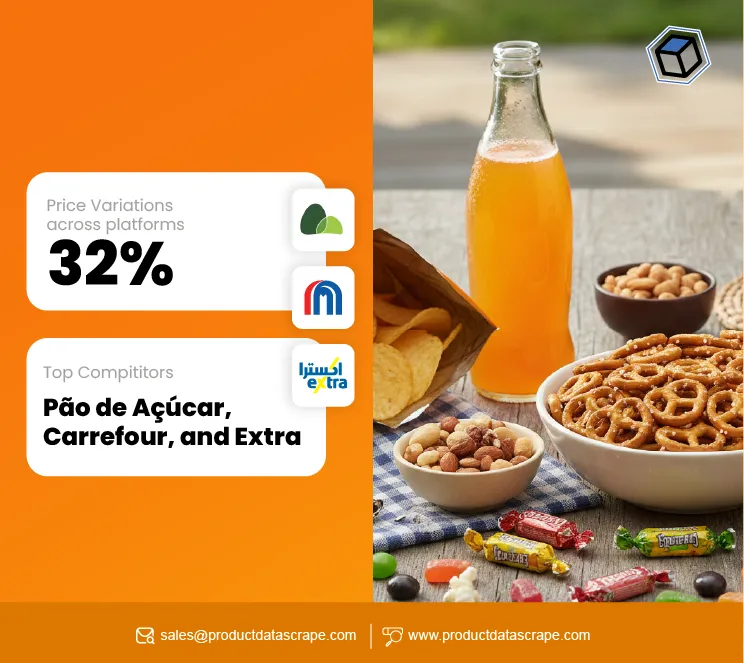
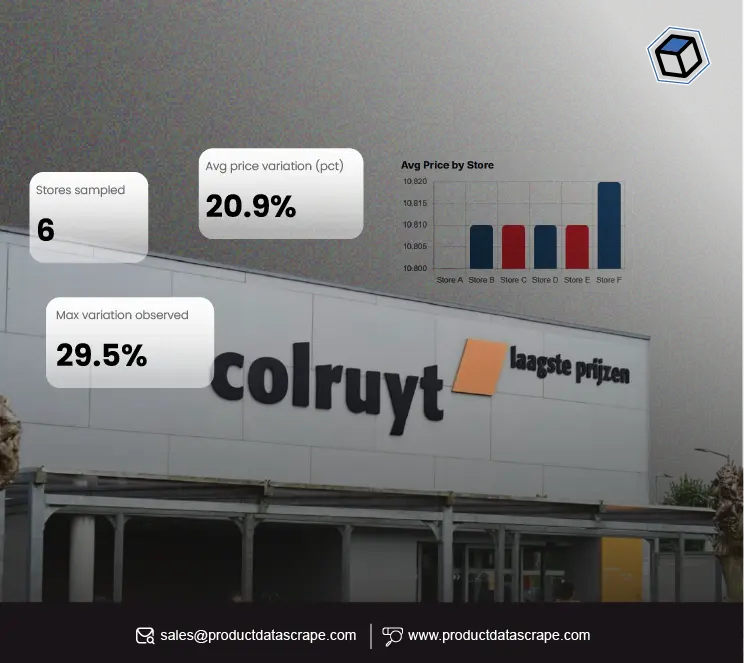

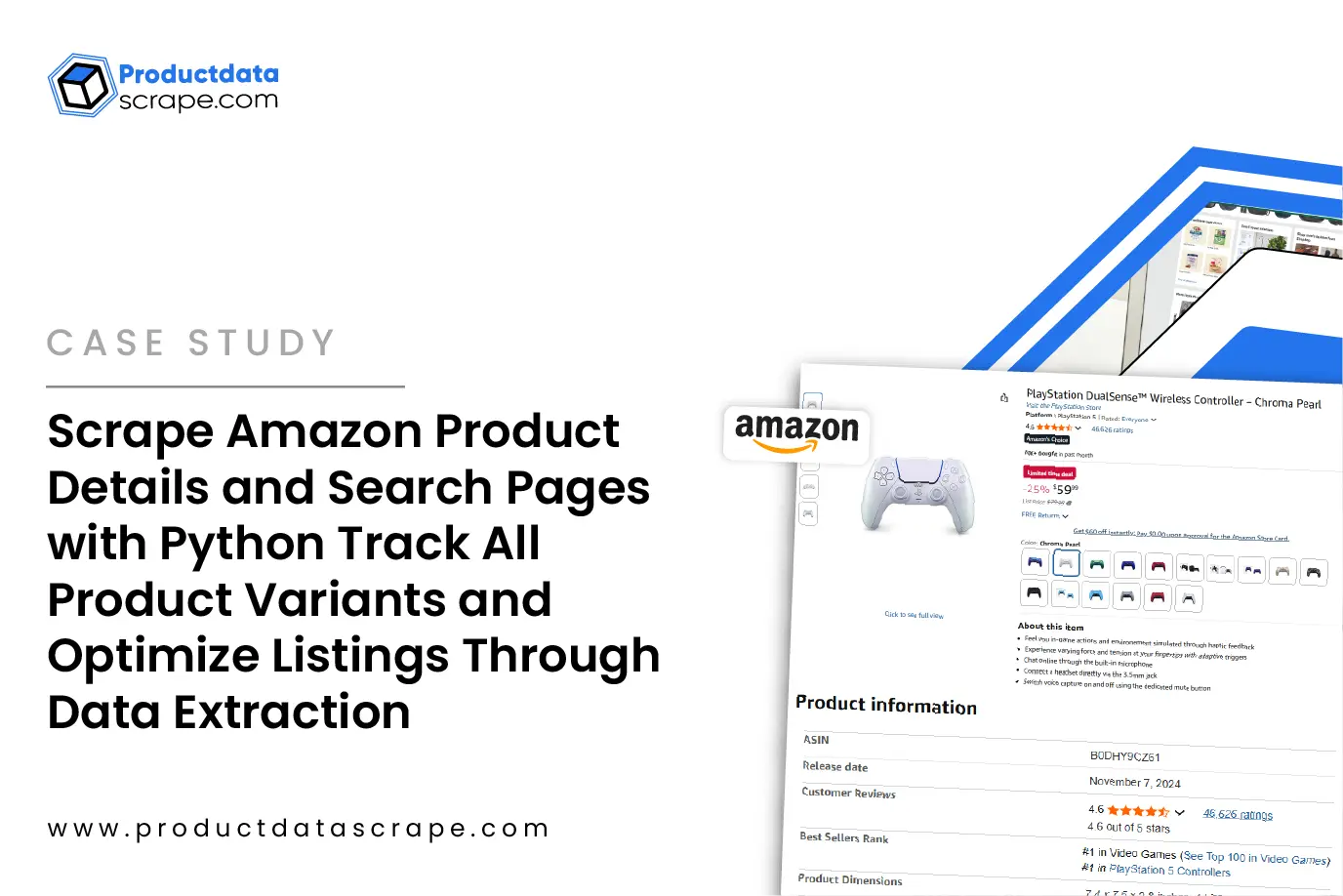

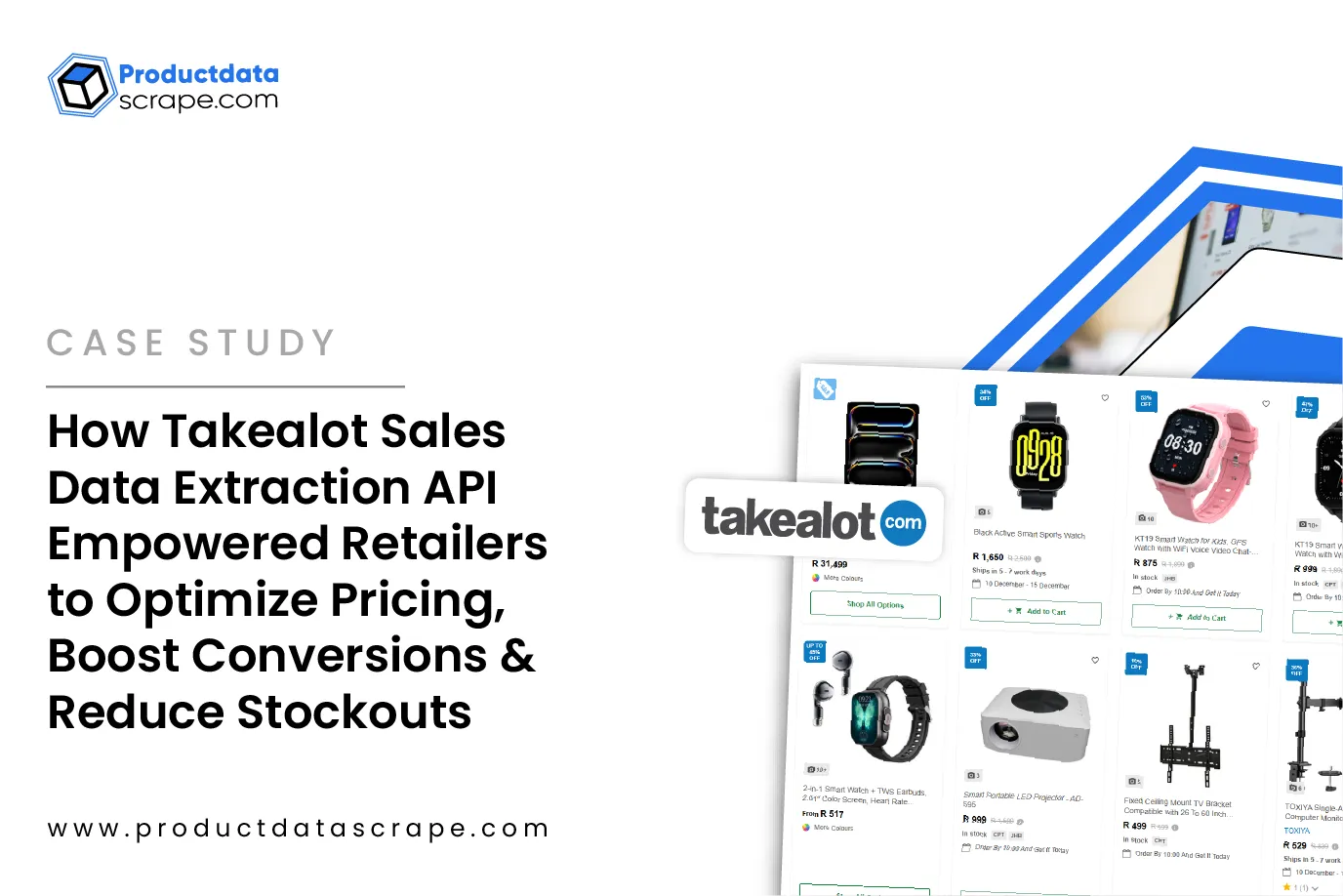









.webp)
-01.webp)
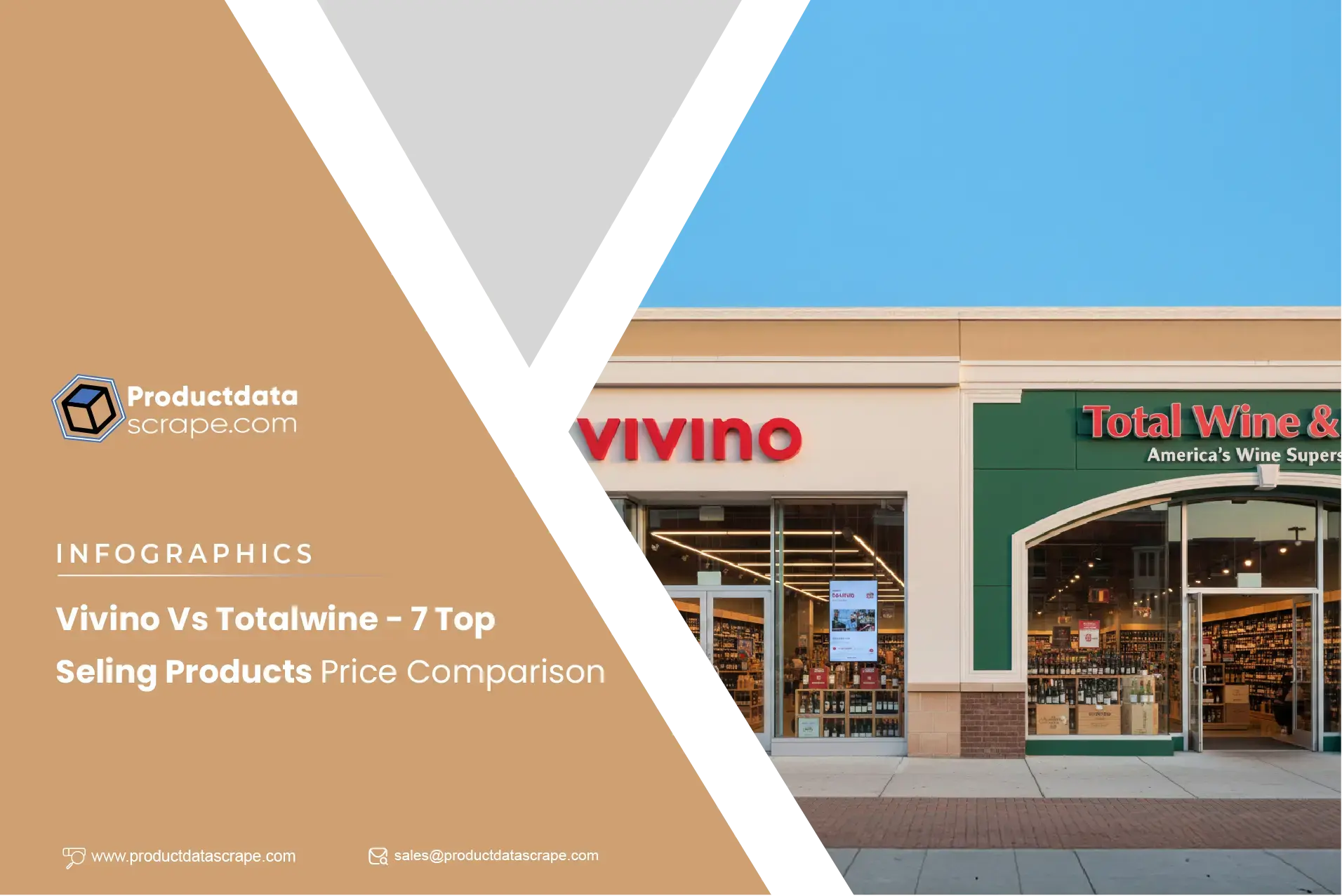

.webp)